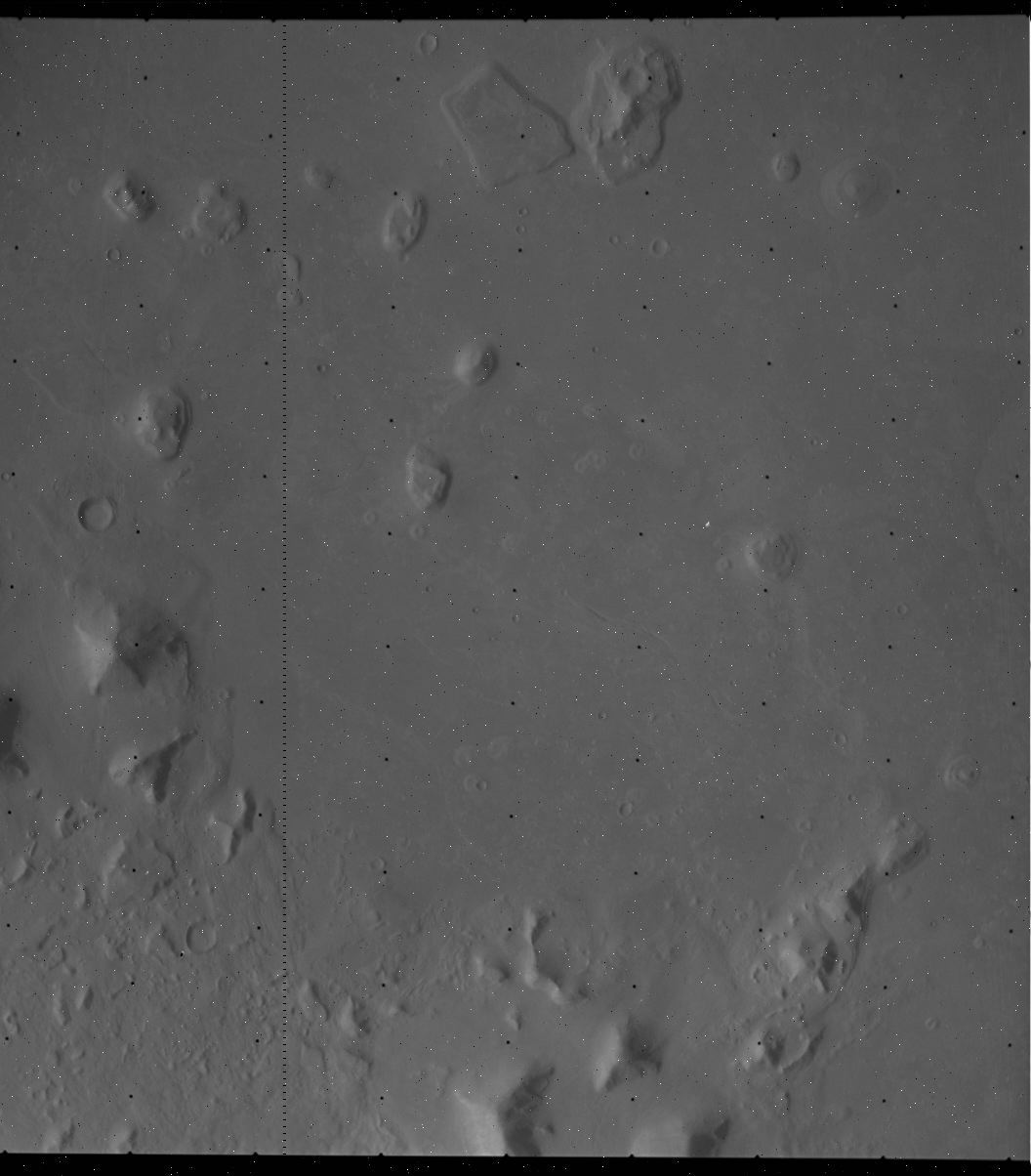

People either believed the official NASA statements that these were simply natural features, or they indulged their itch for conspiracy and imagined that perhaps Mars had been home to an ancient race.Īs NASA began carrying out more missions to Mars, many eagerly waited to see what new images might come from Cydonia. DiPietro and Molenaar attracted a great deal of attention with their claims, but ultimately it was a difficult case to prove. Together they authored “Face in Space,” an article for Omni Magazine (April, 1982), as well as a book, “Unusual Martian Surface Features,” which argued that the Cydonia photos revealed not only a monumental sculpted face but also pyramids and other artificial structures. Vincent DiPietro and Gregory Molenaar lead the charge in proclaiming the importance of Cydonia to the public. Image of the Cydonia region taken by the Viking 1 orbiter. But these were as things of yesteryear compared to the walls upon which we gazed.” Without revealing the ending, it should be noted that the archaeologists do not fare well when they pass within these ancient walls. As the archaeologists approached the tumbled monoliths, the story’s narrator proclaims “I have seen the hoary, sky-confronting walls of Machu Picchu amid the desolate Andes and the frozen, giant-builded battlements of Uogam on the glacial tundras of the nightward hemisphere of Venus. Martian ruins took on a decidedly more sinister appearance in, noted Weird Tales author, Clark Ashton Smith’s 1932 story “The Vaults of Yoh-Vombis,” which tells the story of human archaeologists visiting an ancient Martian city. The theme of ancient ruins on Mars continued to echo as Burroughs’ hero regularly found himself in long abandoned cities. Carter encountered a Martian landscape filled with fantastical cities and alien races. Most successful were Edgar Rice Burroughs’ stories about the adventures of John Carter, a Civil War veteran who magically found himself on the surface of Mars. These slaves related a great secret to their liberators, when visiting Earth the Martians had built the Great Pyramid of Egypt along with the Sphinx.Īs the era of Pulp Fiction boomed, stories of the inhabitants of Mars abounded.


During the assault on Mars, the invaders encountered an encampment of human slaves whose ancestors had been captured in a Martian raid on Earth 9,000 years earlier. Wells’ “War of the Worlds” (which was plagiarized by Serviss in his own book “Fighters from Mars”). Serviss told of a human expedition to the Red Planet that was sent as a counter strike against the Martian invaders depicted in H.G. In an 1898 science fiction novel, “Edison’s Conquest of Mars,” author Garrett P. We have a very strong tendency to see patterns in noise – which is often just fine, as seen here.As telescopes continued to improve, the Martian canals evaporated as quickly as the water they were meant to contain, but Mars’ association with fantastical archaeology was only beginning. Of course, none of the inevitable conspiracy theories was quenched by the new image. You can judge for yourself whether you interpret this as a face – about 2.5 km tall, 2 km wide and about 0.5 km of height – staring right out into space… If you move the mouse over the adjacent figure (or tap it), the newer photo appears, shifted and rotated to match the one taken 22 years earlier. Initially, NASA had not planned to re-map the Cydonia region, but public outcry was so great that in April 1998, the MGS was programmed to re-photograph segments of the Cydonia region, including at least one of the face (there was also something on ‘pyramids’ there which we will not cover here).

In 1998, the Mars Global Surveyor (MGS) reached the Red Planet with far better, more high-resolution equipment than Viking had carried. Statistically speaking, it is a type I error, a “false positive”.Ī nice article “ Paranormal Phenomena: The Face on Mars: Once and for All” contains some background material on the ensuing kerfuffle, including links to large NASA images of the entire regions photographed. You can probably guess what was made of this… ‘ Pareidolia ’ is the term for neurological or psychological phenomena where vague images are interpreted by the brain as specific images. Among those form the Cydonia region, one depicted a rock formation that strongly resembled a human or humanoid face staring straight up into the heavens. In 1976 the Viking Orbiter radioed back many images from Mars.


 0 kommentar(er)
0 kommentar(er)
